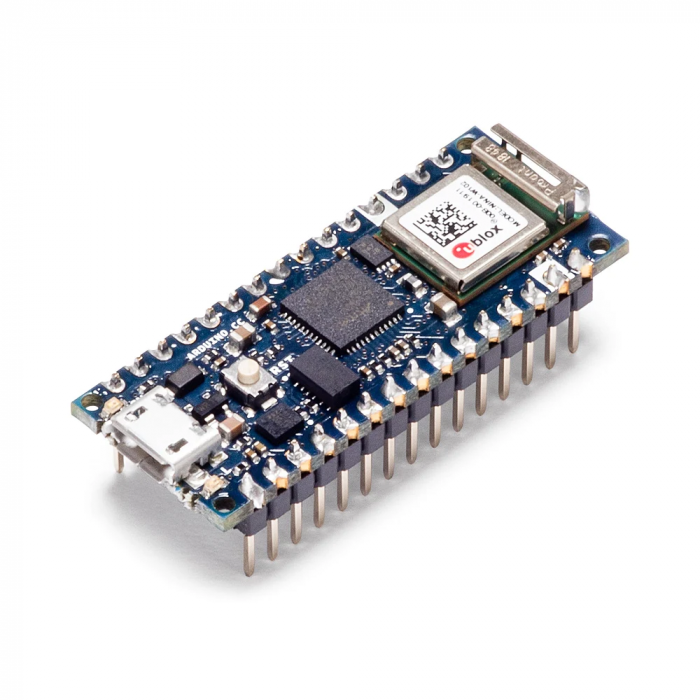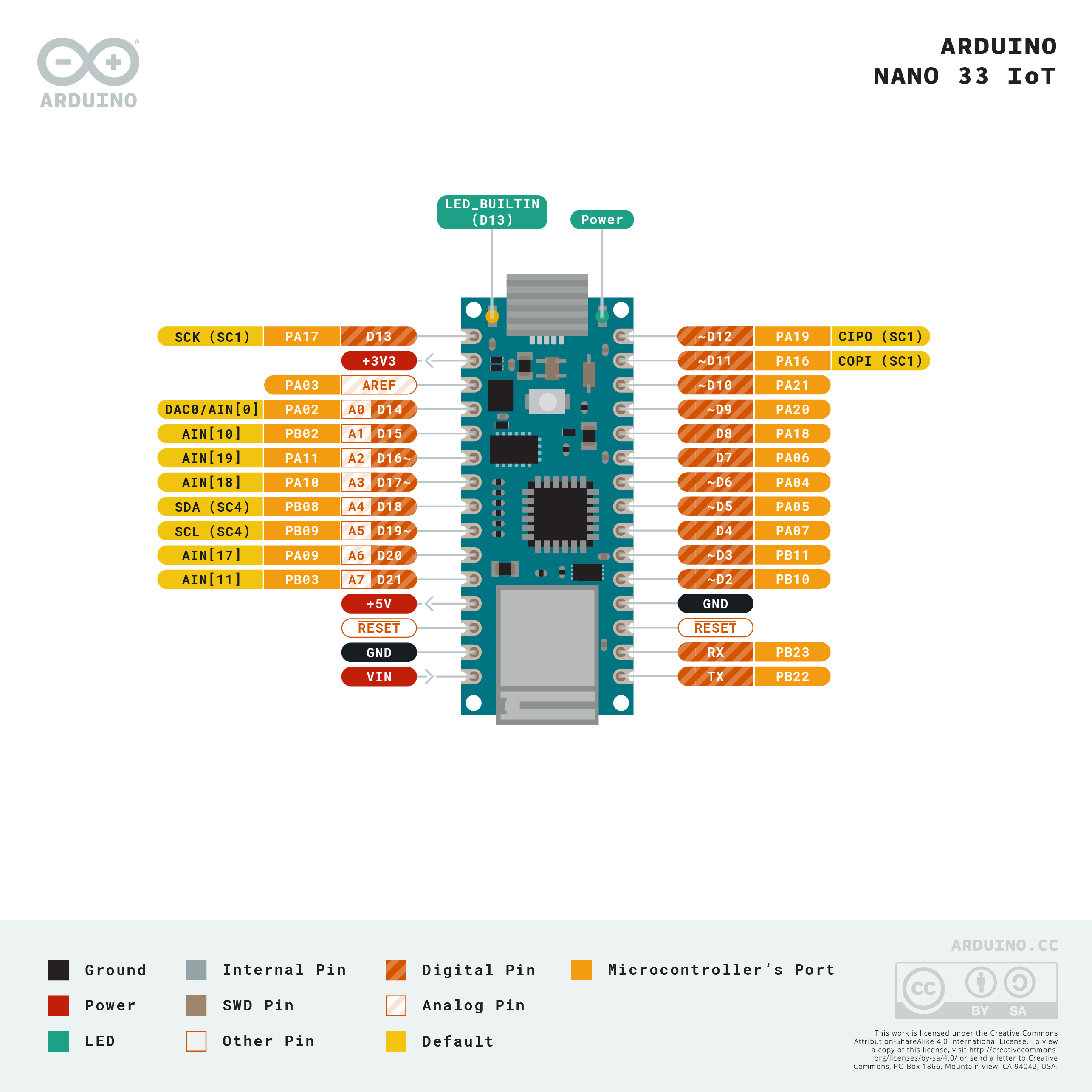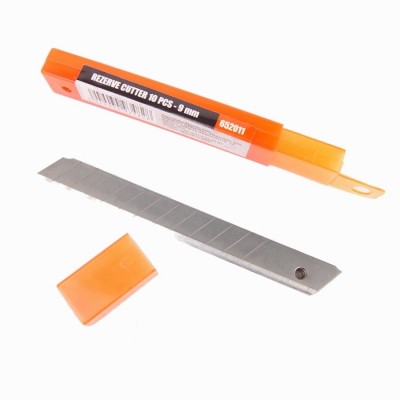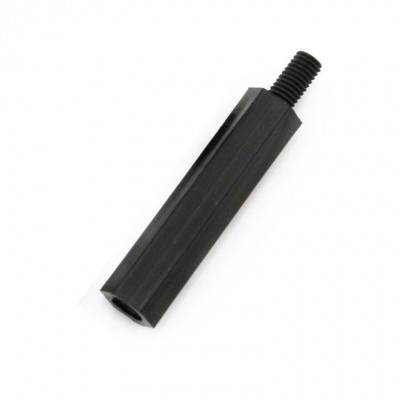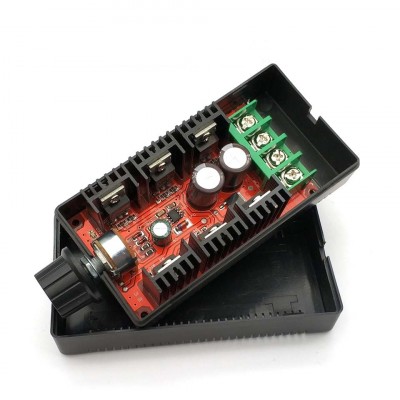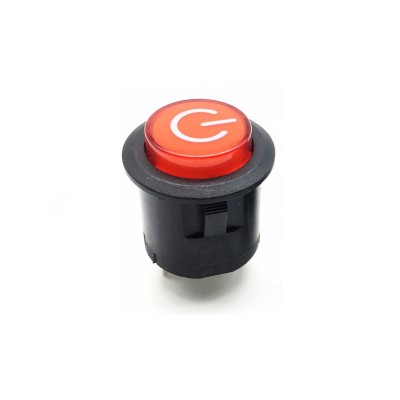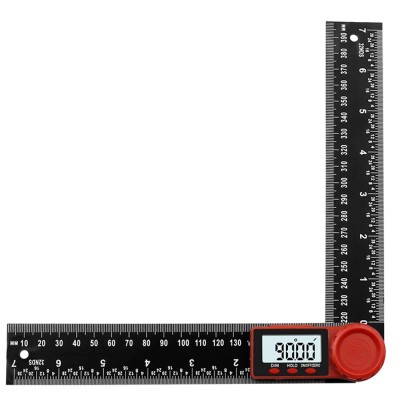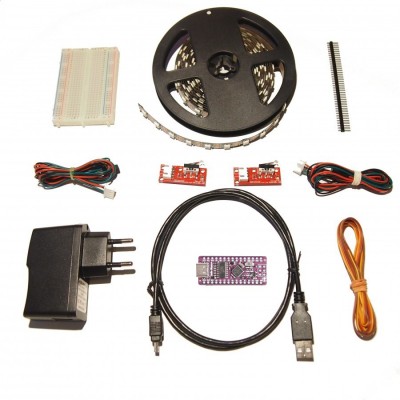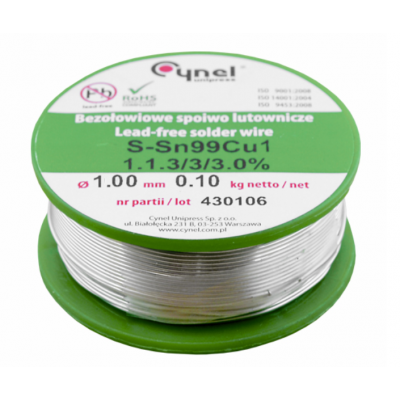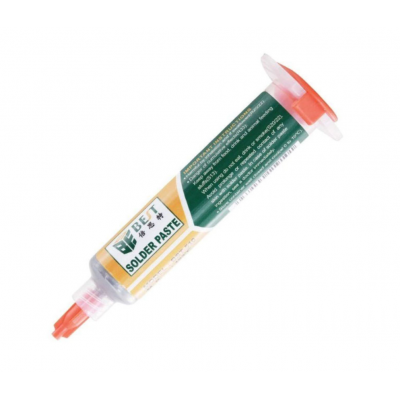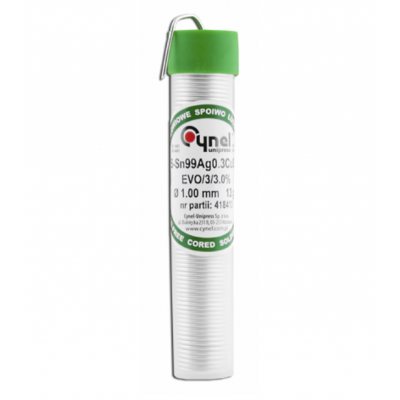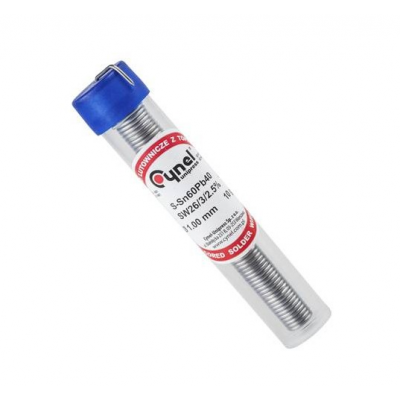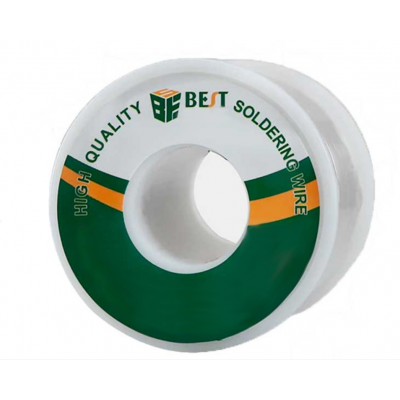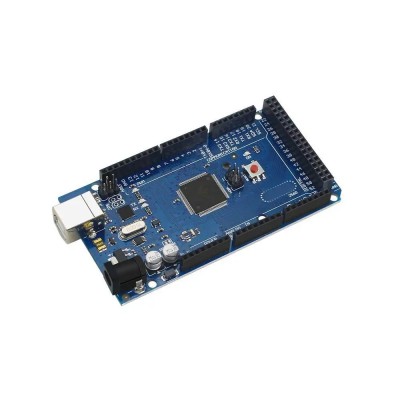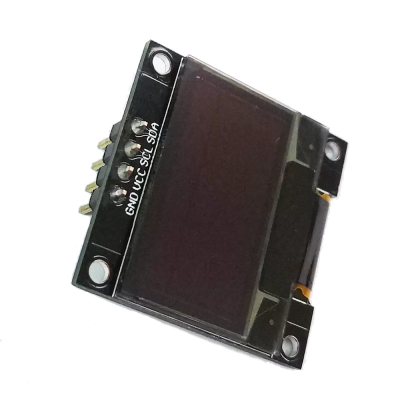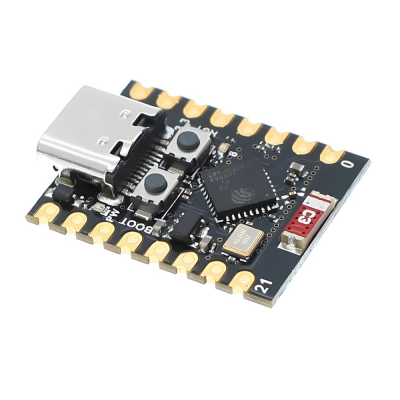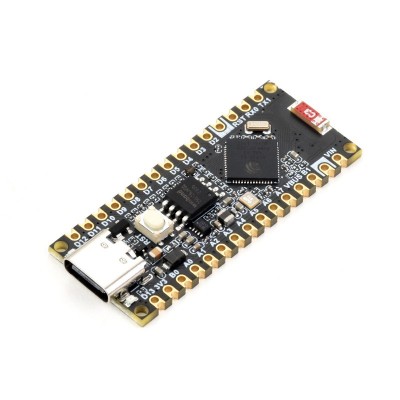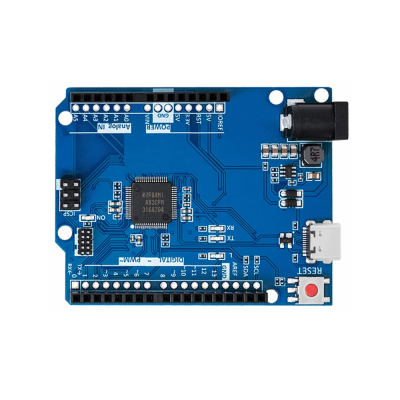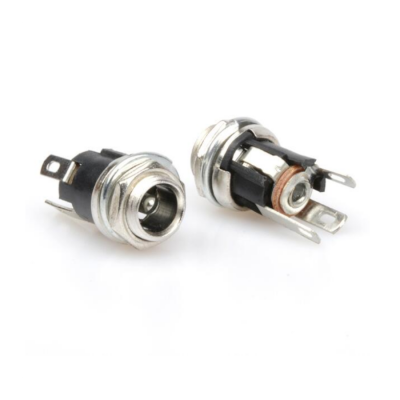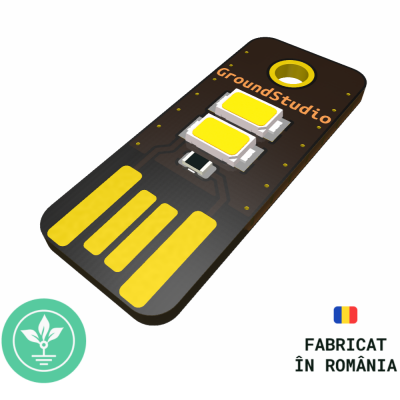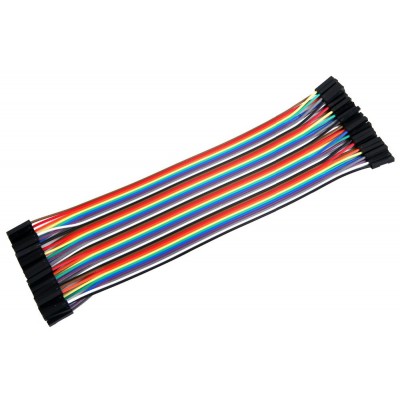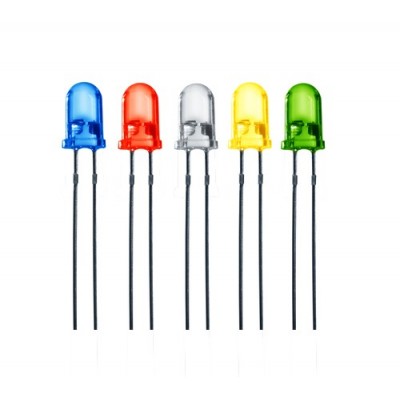No products
Prices are tax included
Arduino® Nano 33 IoT with headers
PROYHL_ABX00032
New product
17 Items
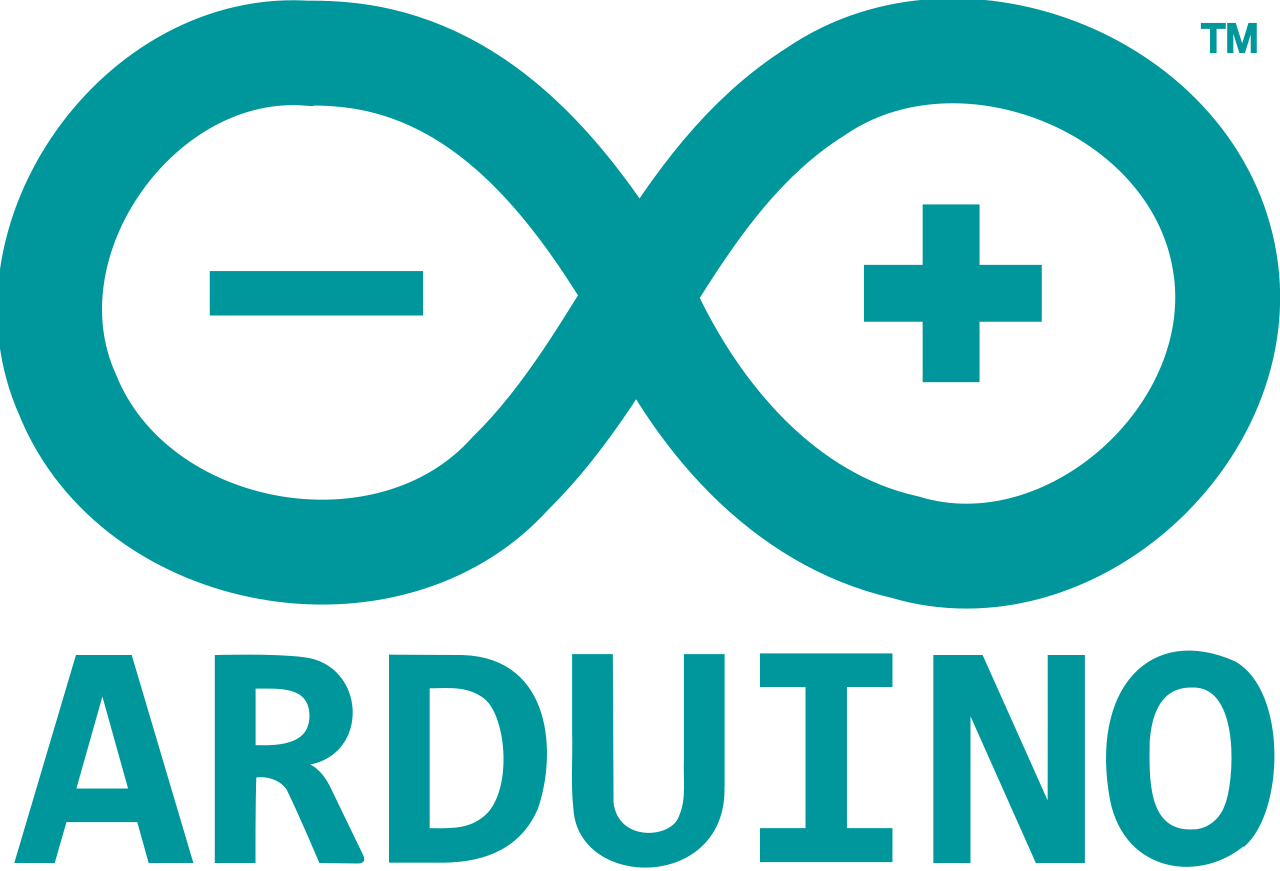 | Original ProductAuthorized Arduino® Distributor |
Do you need a larger quantity?We offer genuine Arduino products both from our stock and directly from the manufacturer, in any desired quantity, at negotiable prices, with delivery in approximately 2 weeks or even sooner. Additionally, you can order any Arduino product from us, even if it is not listed on our website. Contact us for more details and to benefit from personalized offers! |
OverviewThe Arduino Nano 33 IoT is the easiest and cheapest point of entry to enhance existing devices (and creating new ones) to be part of the IoT and designing pico-network applications. Whether you are looking at building a sensor network connected to your office or home router, or if you want to create a Bluetooth® Low Energy device sending data to a cellphone, the Nano 33 IoT is your one-stop-solution for many of the basic IoT application scenarios. The board's main processor is a low power Arm® Cortex®-M0 32-bit SAMD21. The WiFi and Bluetooth® connectivity is performed with a module from u-blox, the NINA-W10, a low power chipset operating in the 2.4GHz range. On top of those, secure communication is ensured through the Microchip® ECC608 crypto chip. Besides that, you can find a 6 axis IMU, what makes this board perfect for simple vibration alarm systems, pedometers, relative positioning of robots, etc. WiFi and Arduino IoT CloudAt Arduino we have made connecting to a WiFi network as easy as getting an LED to blink. You can get your board to connect to any kind of existing WiFi network, or use it to create your own Arduino Access Point. The specific set of examples we provide for the Nano 33 IoT can be consulted at the WiFiNINA library reference page. It is also possible to connect your board to different Cloud services, Arduino's own among others. Here some examples on how to get the Arduino boards to connect to:
Note: while most of the above-shown examples are running on the MKR WiFi 1010, both boards have the same processor and wireless chipset, which means it will be possible to replicate them with the Nano 33 IoT. Bluetooth® and Bluetooth® Low EnergyThe communications chipset on the Nano 33 IoT can be both a Bluetooth® and Bluetooth® Low Energy client and host device. Something pretty unique in the world of microcontroller platforms. If you want to see how easy it is to create a Bluetooth® central or a peripheral device, explore the examples at our ArduinoBLE library. We Make it Open for you to Hack AlongThe Nano 33 IoT is a dual processor device that invites for experimentation. Hacking the WiFiNINA module allows you to, for example, make use of both WiFi and Bluetooth® and Bluetooth® Low Energy at once on the board. Yet another possibility is having a super-lightweight version of linux running on the module, while the main microcontroller controls low level devices like motors, or screens. These experimental techniques, require advanced hacking on your side. They are possible via modifying the module's firmware that you can find at our github repositories. BEWARE: this kind of hacking breaks the certification of your WiFiNINA module, do it at your own risk. Tech specsThe Arduino Nano 33 IoT is based on the SAMD21 microcontroller. |
| Microcontroller | SAMD21 Cortex®-M0+ 32bit low power ARM MCU (datasheet) |
| Radio module | u-blox NINA-W102 (datasheet) |
| Secure Element | ATECC608A (datasheet) |
| Operating Voltage | 3.3V |
| Input Voltage (limit) | 21V |
| DC Current per I/O Pin | 7 mA |
| Clock Speed | 48MHz |
| CPU Flash Memory | 256KB |
| SRAM | 32KB |
| EEPROM | none |
| Digital Input / Output Pins | 14 |
| PWM Pins | 11 (2, 3, 5, 6, 9, 10, 11, 12, 16 / A2, 17 / A3, 19 / A5) |
| UART | 1 |
| SPI | 1 |
| I2C | 1 |
| Analog Input Pins | 8 (ADC 8/10/12 bit) |
| Analog Output Pins | 1 (DAC 10 bit) |
| External Interrupts | All digital pins (all analog pins can also be used as interrput pins, but will have duplicated interrupt numbers) |
| LED_BUILTIN | 13 |
| USB | Native in the SAMD21 Processor |
| IMU | LSM6DS3 (datasheet) |
| Length | 45 mm |
| Width | 18 mm |
| Weight | 5 gr (with headers) |
ConformitiesThe following Declarations of Conformities have ben granted for this board: WEE RoHS CE UKCA REACH Pinout Diagram
Programming and Debugging PortOn the bottom side of the board, under the communication module, debug signals are arranged as 3x2 test pads with 100 mil pitch. Pin 1 is the bottom left one with the USB connector on the left and the test pads on the right. Check the downloadable pinout diagram for the exact configuration. |
No customer reviews for the moment.


